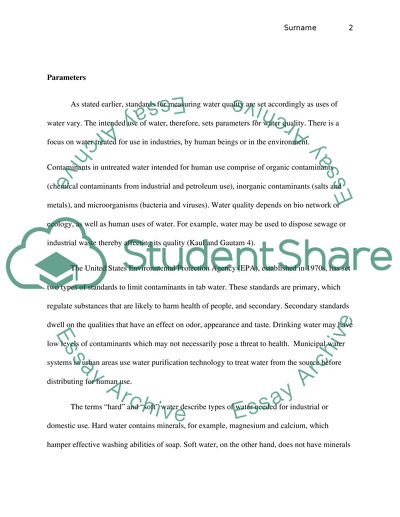Cite this document
(“Water Quality Research Paper Example | Topics and Well Written Essays - 1000 words”, n.d.)
Retrieved from https://studentshare.org/biology/1461344-water-quality
Retrieved from https://studentshare.org/biology/1461344-water-quality
(Water Quality Research Paper Example | Topics and Well Written Essays - 1000 Words)
https://studentshare.org/biology/1461344-water-quality.
https://studentshare.org/biology/1461344-water-quality.
“Water Quality Research Paper Example | Topics and Well Written Essays - 1000 Words”, n.d. https://studentshare.org/biology/1461344-water-quality.


